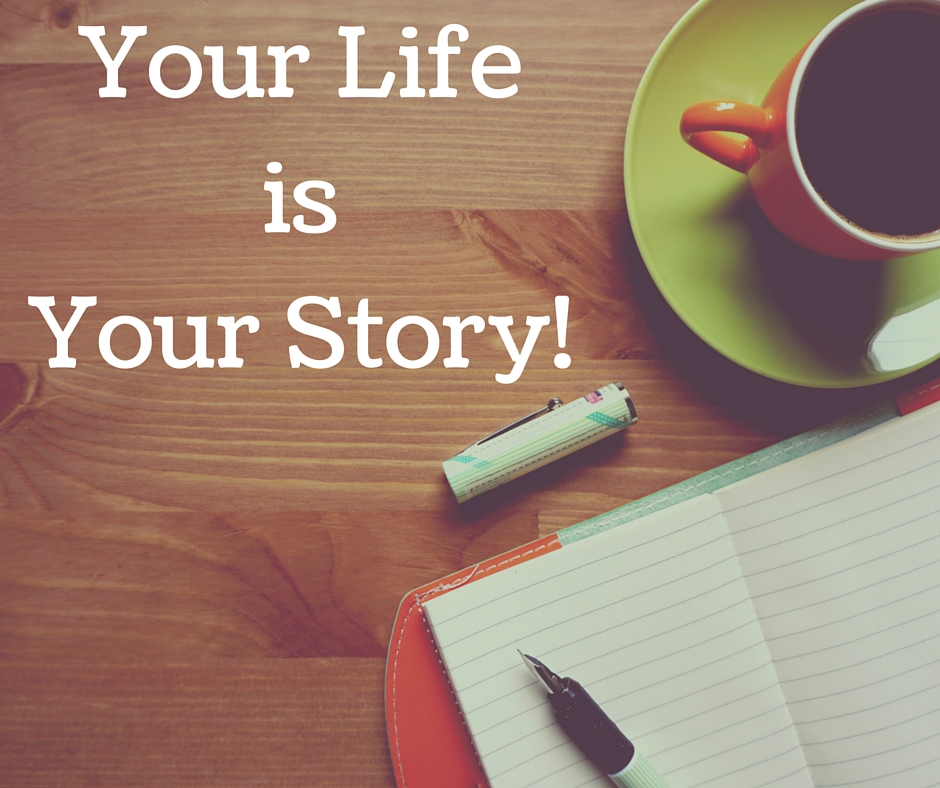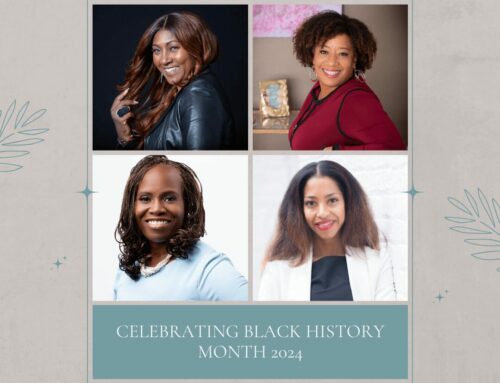About Your “About Me”
We’ve all gotta have it—that obligatory website bio, the “About Me” page. It’s got to be impressive but not obnoxious, engaging but not awkward, thorough but not lengthy. How do you accomplish all that in two or three paragraphs?
Tell your story of course!
But in a particular way.
I’m going to let you in on a BIG story secret. It’s a certain way of organizing a story that can actually change the brain chemistry of your listeners, triggering an emotional response in your audience that leaves them feeling emotionally connected to you!
(I’m not kidding about that brain chemistry thing. Claremont Graduate School researcher Paul Zak has scientifically proven it.)
What is this magic formula?
It’s the deceptively simple, all-powerful narrative arc.
You’re already familiar with this story structure from novels and movies. Think of how most fictional plots unfold. Often there’s a little surge of excitement at first, like the action sequence before the opening credits of a James Bond movie.
But then things level out for a bit as you meet the main characters, get a feel for their world (the setting), and find out what big challenge they must overcome.
Because there’s ALWAYS a challenge. Conflict is the heart of every riveting story. You know. . . David vs. Goliath. The Titanic vs. the iceberg. Star Fleet vs. the Borg.
As our heroic characters set out to meet their challenge, they encounter a series of obstacles before finally facing the ultimate trial.
This is the crisis or tipping point of the story.
This is the point where everything’s at stake, that part of the movie where it looks like James Bond is doomed for sure. Amazingly, however, 007 always manages to find a solution to his dilemma.
Afterwards, the dramatic tension quickly ebbs, and our handsome spy returns in style to his posh, playboy lifestyle.
You can use this same structure to make your own story memorable and effective in connecting with your perfect prospects!
Think of the narrative arc as a bell curve or a roller coaster hill.
First comes rising action, and then the tipping point, followed by falling action. Listeners who climb aboard this story coaster first experience a boost in cortisol, the STRESS hormone, as the tension escalates. They’re feeling the tension right along with the main character.
At the tipping point, however, cortisol is replaced by a rise in oxytocin, the BONDING hormone, as listeners empathize with the story’s main character in their hour of crisis. From there, it’s an exciting whoosh down the hill as our hero takes steps to resolve the crisis and the story finds its ending.

Wouldn’t you love to create that kind of emotional connection with your audience?
The kind of connection that enables people to feel they know you, like you, and trust you? That’s the real key to inspiration, influence—and sales!
You can! Here’s how to use the narrative arc to tell your own story, in your “About Me” statement, your speak-to-sell talk, or anywhere else.
Start by pinpointing the life experiences that led you to develop the solution or message you now want to share with the world, i.e, your offer.
Usually, you’ll find a series of incidents led to a single decisive experience–your personal tipping point.
Maybe it was a crisis, a problem or loss you had to weather. Maybe it was another person’s crisis that affected you.
Another way of identifying your tipping point is thinking back to a time when something blew up in the path you were traveling, forcing you to blaze a new trail, either through or around the crisis.
Along the way, you learned something or discovered something or invented something that now you want to share with others through your business.
Once you decide what your tipping point was, identify two or three of the most significant incidents that led up to that crisis. And then think of two or three steps that flowed from it, that is, the steps you took to resolve your crisis.
That’s your narrative arc!
Add a pithy intro sentence and a clever conclusion, and you’ll have a complete “About Me” bio!
But wait a minute. What about all that impressive stuff on your resume? Usually, your most relevant credentials show up in those incidents leading up to or flowing from your tipping point. And the final step of your journey—where you are now—should be a brief summary of your current work.
Keep in mind, it’s always harder to pinpoint our own stories than someone else’s. So if you’re coming up empty, try asking a friend for help. Or work with a professional story strategist.
Either way, once you’ve discovered and crafted your signature story, you can use it throughout your marketing and positioning materials, to further the message and the mission you’re here to share with the world.
Your life is your story! Make it a great one!
_______________________________
 Sandra Millers Younger grew up in the South where people still swap stories over fried chicken, apple pie and sweet tea. At the University of North Carolina, Chapel Hill and Syracuse University, where she earned degrees in English and journalism, Sandra studied storytelling. She’s since told thousands of stories as a journalist, culminating in her 2013 book, The Fire Outside My Window: A Survivor Tells the True Story of California’s Epic Cedar Fire, which was featured on NBC’s Dateline. Today, as a speaker, story strategist, and resilience expert, Sandra enables others to transform loss into legacy with powerful comeback stories that make a difference in the world. To work with Sandra, contact her or apply for a complimentary Story Strategy Session. Connect with Sandra on Twitter @SYounger.
Sandra Millers Younger grew up in the South where people still swap stories over fried chicken, apple pie and sweet tea. At the University of North Carolina, Chapel Hill and Syracuse University, where she earned degrees in English and journalism, Sandra studied storytelling. She’s since told thousands of stories as a journalist, culminating in her 2013 book, The Fire Outside My Window: A Survivor Tells the True Story of California’s Epic Cedar Fire, which was featured on NBC’s Dateline. Today, as a speaker, story strategist, and resilience expert, Sandra enables others to transform loss into legacy with powerful comeback stories that make a difference in the world. To work with Sandra, contact her or apply for a complimentary Story Strategy Session. Connect with Sandra on Twitter @SYounger.
StockSnap photo credit Lia Leslie





